Yellow Tungsten Oxide Powder Applied for Liquid Electrochromic Device
- Details
- Category: Smart Glass
- Published on Monday, 02 September 2019 16:57
- Written by Yahong
- Hits: 1545
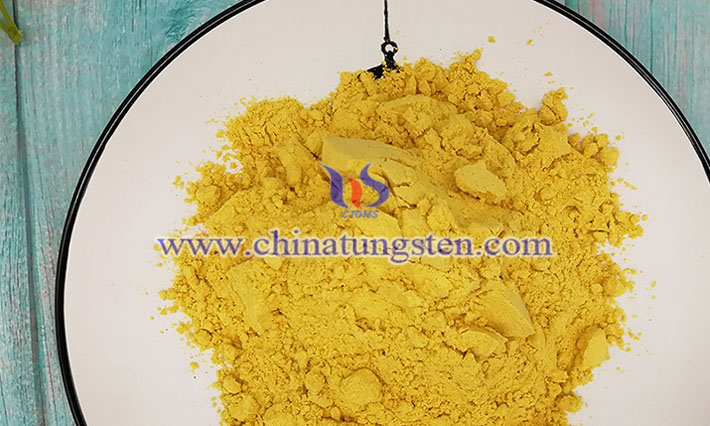
Yellow tungsten oxide powder may be applied for assembling a liquid electrochromic device in the form of an electrochromic thin film. While as you may have known the electrochromic mechanism of tungsten trioxide has been debated. Certainly, at present, the commonly accepted and applied color change model exists. It is a dual injection model, also known as the Faughnan model or the inter-valency charge transfer model.
Tungsten Trioxide Powder Applied for Liquid Electrochromic Device
- Details
- Category: Smart Glass
- Published on Monday, 02 September 2019 16:56
- Written by Yahong
- Hits: 1472
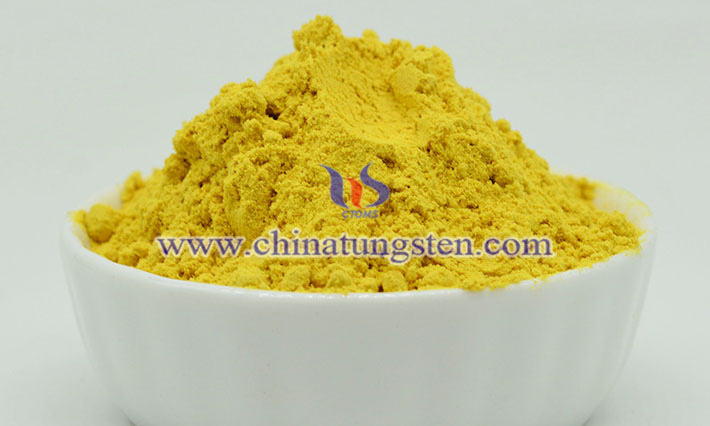
Tungsten trioxide powder for liquid electrochromic device is a transition metal oxide with many special physical properties. This is because WO3 has a multi-phase transition and exhibits ferroelectricity. However, why is the chemical formula of tungsten trioxide usually written in the form of WO3-x rather than the form of WO3? The following are the answers from experts.
WO3 Applied for Liquid Electrochromic Device
- Details
- Category: Smart Glass
- Published on Monday, 02 September 2019 16:54
- Written by Yahong
- Hits: 1491
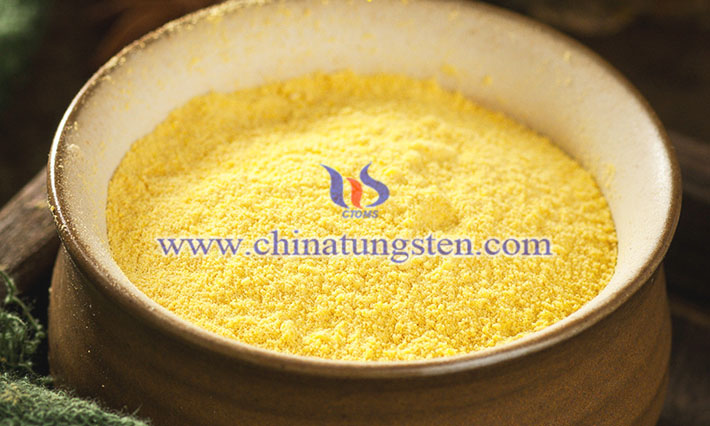
WO3, the most studied electrochromic material, may be prepared into an electrochromic film and then be used for assembling a liquid electrochromic device. And it is believed that tungsten trioxide is the best electrochromic material for practical use. Some experts have classified the existing electrochromic materials. For example, they divide the electrochromic material into cathode coloring materials in reduction process such as oxides of W, Mo, V, and Nb, and anode coloring materials in an oxidation process such as oxides of Ir, Rh, Ni, and Co.
Tungsten Oxide Applied for Liquid Electrochromic Device
- Details
- Category: Smart Glass
- Published on Monday, 02 September 2019 16:52
- Written by Yahong
- Hits: 1620
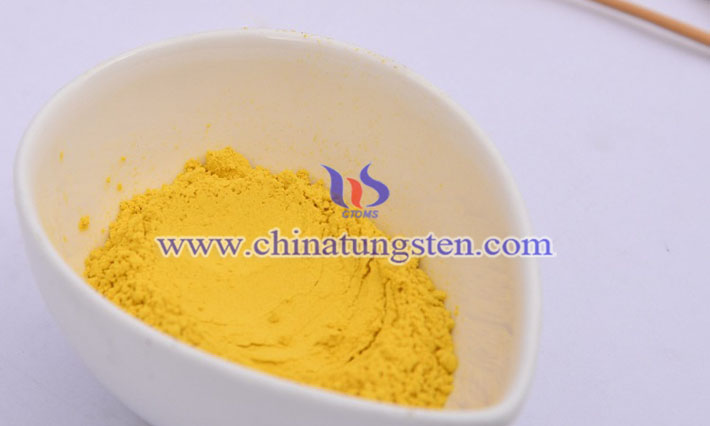
Tungsten oxide for production of liquid electrochromic device is an inorganic electrochromic material. In fact, there is another type of electrochromic material, that is, an organic electrochromic material. So, do you know the difference between inorganic electrochromic materials and organic electrochromic materials?
Yellow Tungsten Oxide Applied for Liquid Electrochromic Device
- Details
- Category: Smart Glass
- Published on Monday, 02 September 2019 16:51
- Written by Yahong
- Hits: 1453
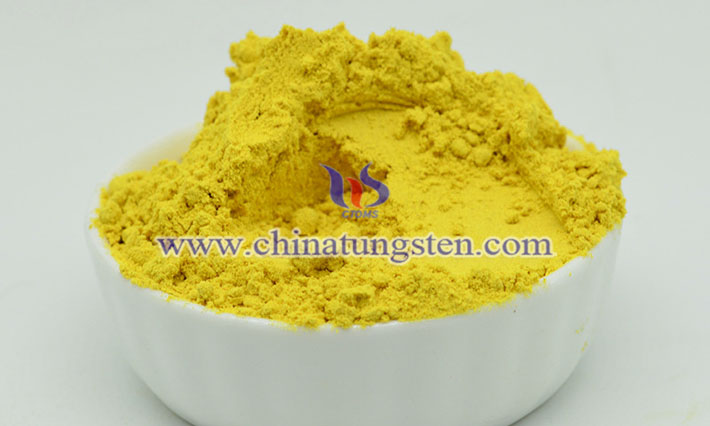
Yellow tungsten oxide for the preparation of a liquid electrochromic device is the well known electrochromic material - tungsten trioxide, which is pale yellow in color. On the basis of summarizing the previous research results, some experts have prepared WO3 electrochromic film and TiO2 ion storage layer film by sol-impregnated pulling method and sol-electrophoretic deposition method, and they analyzed and discussed their microstructure and electrochromic properties. And on this basis, a liquid electrolyte electrochromic device was assembled.
Tungsten Trioxide Applied for Liquid Electrochromic Device
- Details
- Category: Smart Glass
- Published on Monday, 02 September 2019 16:49
- Written by Yahong
- Hits: 1538
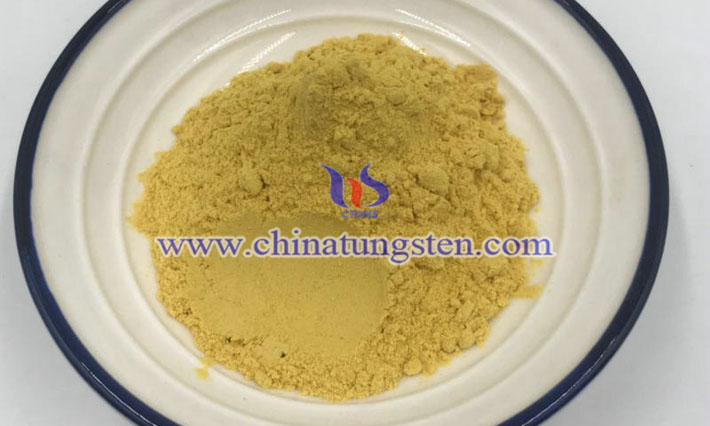
Tungsten trioxide for preparing liquid electrochromic device is actually used as an electrochromic material in the form of a tungsten trioxide thin film. For example, experts assemble a liquid electrochromic device using WO3 thin film as an electrochromic layer, TiO2 thin film as an ion storage layer, and LiClO4-PC liquid electrolyte as an electrolysis layer. The basic structure of an electrochromic device with a five-layer is shown below.
WO3 Powder Applied for WO3-TiO2 Electrochromic Film
- Details
- Category: Smart Glass
- Published on Monday, 02 September 2019 16:47
- Written by Yahong
- Hits: 1520
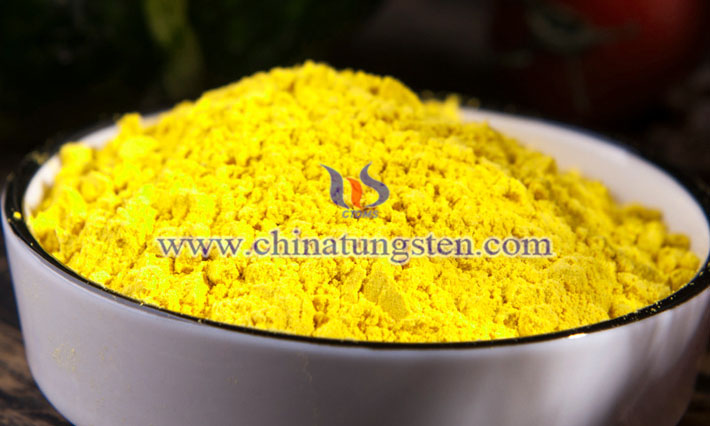
WO3 powder for producing WO3-TiO2 electrochromic film has the advantages of large color range and high coloring efficiency, and therefore, it has received more extensive attention than other electrochromic materials. Experts said that smart glass prepared using such an electrochromic film as an electrochromic layer is considered to be one of the main development directions of building energy-saving glass. That is because such smart energy-saving glass can actively control the lighting and shading performance of glass, realize intelligence. Also, it consumes less electricity. And it is environmentally friendly.
Tungsten Oxide Powder Applied for WO3-TiO2 Electrochromic Film
- Details
- Category: Smart Glass
- Published on Monday, 02 September 2019 16:46
- Written by Yahong
- Hits: 1466
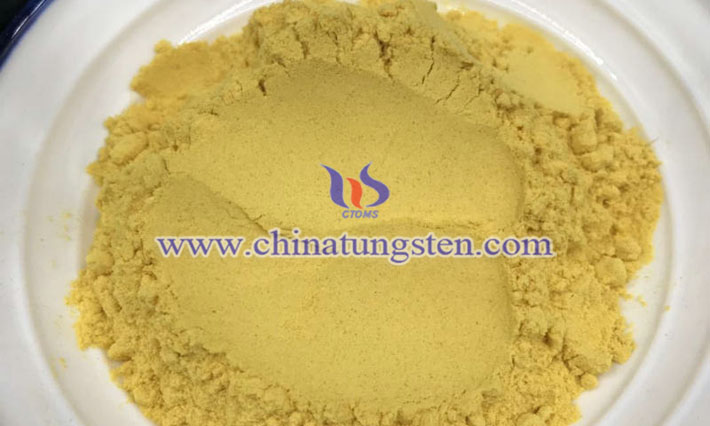
Tungsten oxide powder for preparing a WO3-TiO2 electrochromic film is an electrochromic material that is very promising in information, electronics, energy, energy-saving building and national defense. WO3 is also a function material we are more familiar with. Some experts have successfully prepared a stable tungsten oxide gel with tungstic acid as a raw material, and prepared a tungsten trioxide electrochromic thin film doped with TiO2 by a sol-dip-coating method and an electrophoretic deposition method.
Yellow Tungsten Oxide Powder Applied for WO3-TiO2 Electrochromic Film
- Details
- Category: Smart Glass
- Published on Friday, 30 August 2019 18:17
- Written by Yahong
- Hits: 1624

Yellow tungsten oxide powder for preparation of WO3-TiO2 electrochromic film is a promising inorganic electrochromic material, which may be used for producing electrochromic windows, and finally used in the field of smart building. Wherein some experts prepared TiO2 doped WO3 electrochromic thin film by sol-gel method, and studied the visible light transmittance before and after film discoloration.
Tungsten Trioxide Powder Applied for WO3-TiO2 Electrochromic Film
- Details
- Category: Smart Glass
- Published on Friday, 30 August 2019 18:15
- Written by Yahong
- Hits: 658
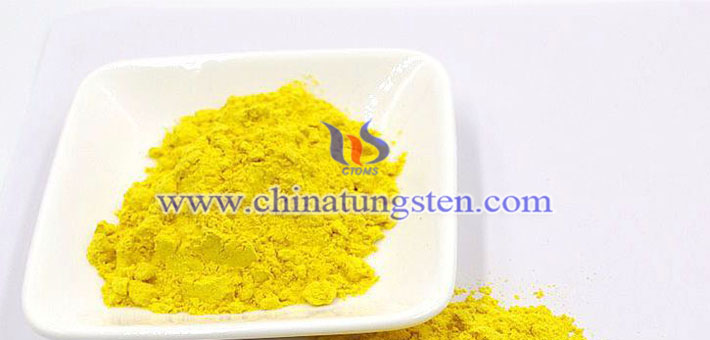
Tungsten trioxide powder for producing a WO3-TiO2 electrochromic film is the most popular and the most studied inorganic electrochromic material. Wherein some experts have prepared WO3 electrochromic thin film doped with TiO2 by sol-gel method, and studied the effect of titanium content on the cycle life of the film.



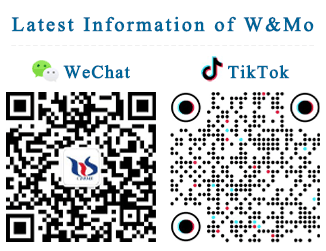
 sales@chinatungsten.com
sales@chinatungsten.com